Forest Society Blog - News & Features
Search filters
Results
Forest Society honored with Employer Leadership Award by the National Society of American Foresters
The Forest Society is proud to receive the 2025 Employer Leadership Award from the Society of American Foresters, recognizing our longstanding support for professional development and leadership in sustainable forestry.
- Tags:
- Forestry,
- Working Forests
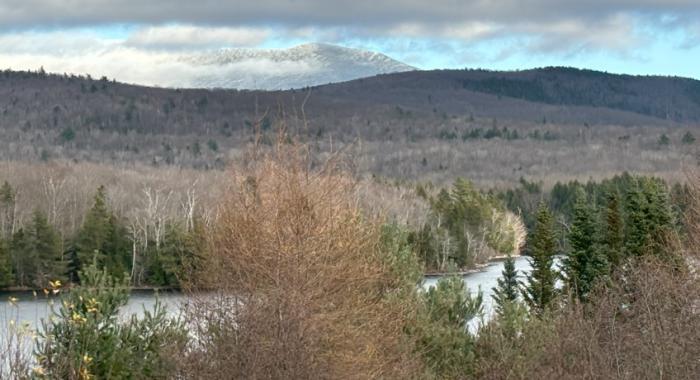
Federal Judge Rules with Forest Service on Plans To Log Near Piermont, Gorham
August 22, 2025A federal judge recently upheld the U.S. Forest Service’s plans for timber harvests in the White Mountain National Forest near Piermont and Gorham. Forest Society President Jack Savage noted the ruling affirms that the Forest Service followed the law and struck a reasonable balance between conservation and forest management.
- Tags:
- Forestry,
- Working Forests,
- Advocacy
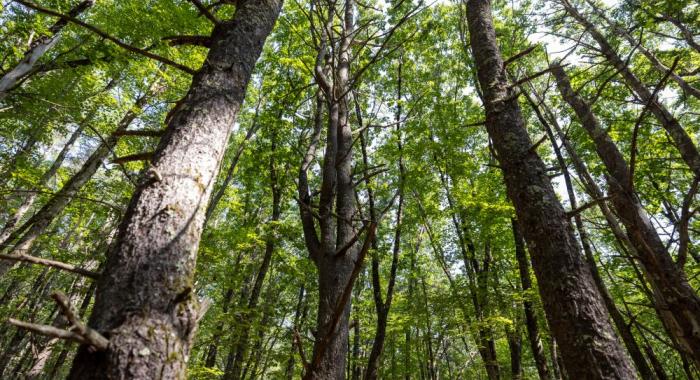
Court Upholds White Mountain National Forest Management Plan
A federal court in New Hampshire has upheld the White Mountain National Forest’s management plan, rejecting a legal challenge to two proposed timber harvests. The Forest Society, along with conservation and forestry partners, filed an Amicus brief supporting the U.S. Forest Service’s ability to use well-planned silviculture to balance forest health, resilience, and multiple long-term goals.
- Tags:
- Advocacy,
- Forestry,
- Working Forests
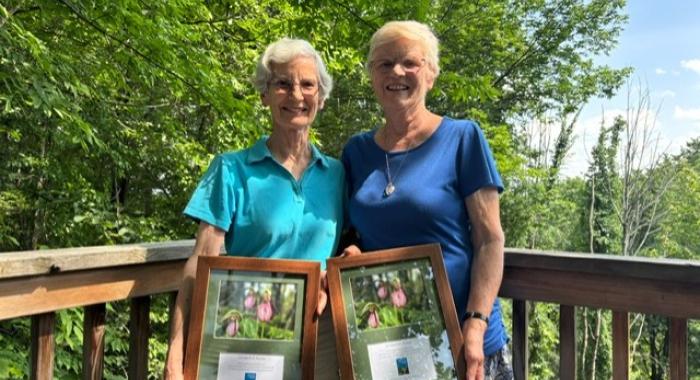
Bethlehem’s Underhill Acres Conserved as a Legacy Forest
In summer 2025, the Underhill family donated a conservation easement on their 258-acre property in Bethlehem. Owned since 1946 and one of the oldest certified Tree Farms in the country, Underhill Acres will remain in family hands while permanently protecting its forests, wildlife habitat, and over a mile of stream and river frontage. The property will host the 2025 NH Tree Farm Field Day on September 13.

Forest Society's Wendy Weisiger, Wins Granite State Forester of the Year
At last week's Granite State Division NESAF meeting, the Forest Society's Managing Forester is honored for her successful and dedicated career in New Hampshire's forestry community.
- Tags:
- Forestry,
- Working Forests,
- Land Conservation
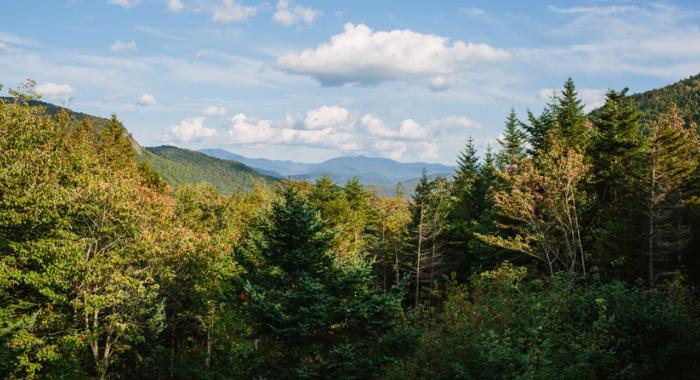
Forest Society Leads Effort to Support White Mountain National Forest Management Plan
Our involvement here directly relates to our mission to “to perpetuate the forests of New Hampshire through their wise use and their complete reservation in places of special scenic beauty."
- Tags:
- Advocacy,
- Working Forests,
- Forestry
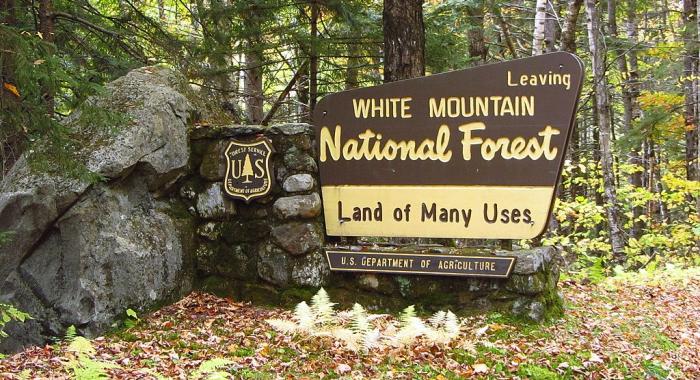
InDepth NH: Environmental Groups Clash Over Logging Projects at Lake Tarleton and Gorham Area
November 20, 2024A lawsuit brought against the White Mountain National Forest Service opposing its plan to log and develop recreation opportunities and protect from runoff Lakes Tarleton and Katherine and a tract near Gorham known as the Peabody West project is not being supported by eight New Hampshire conservation organizations and one individual.
- Tags:
- Advocacy,
- Working Forests,
- Forestry
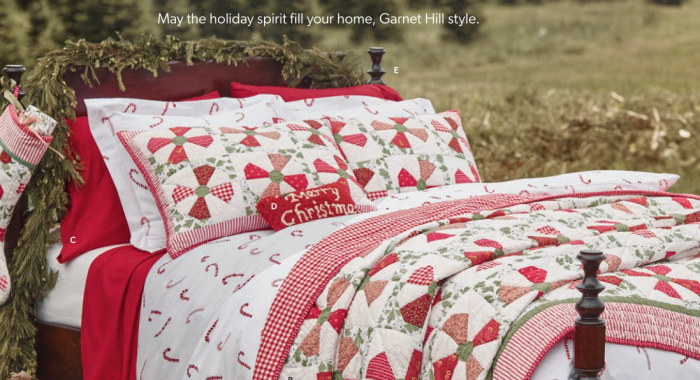
Garnet Hill at The Rocks: Holiday Inspiration
Garnet Hill — a clothing, bedding, and home décor company that was founded in 1976 in Franconia — focused its holiday campaign on traditions that staff members have created at The Rocks.
- Tags:
- The Rocks,
- Working Forests
